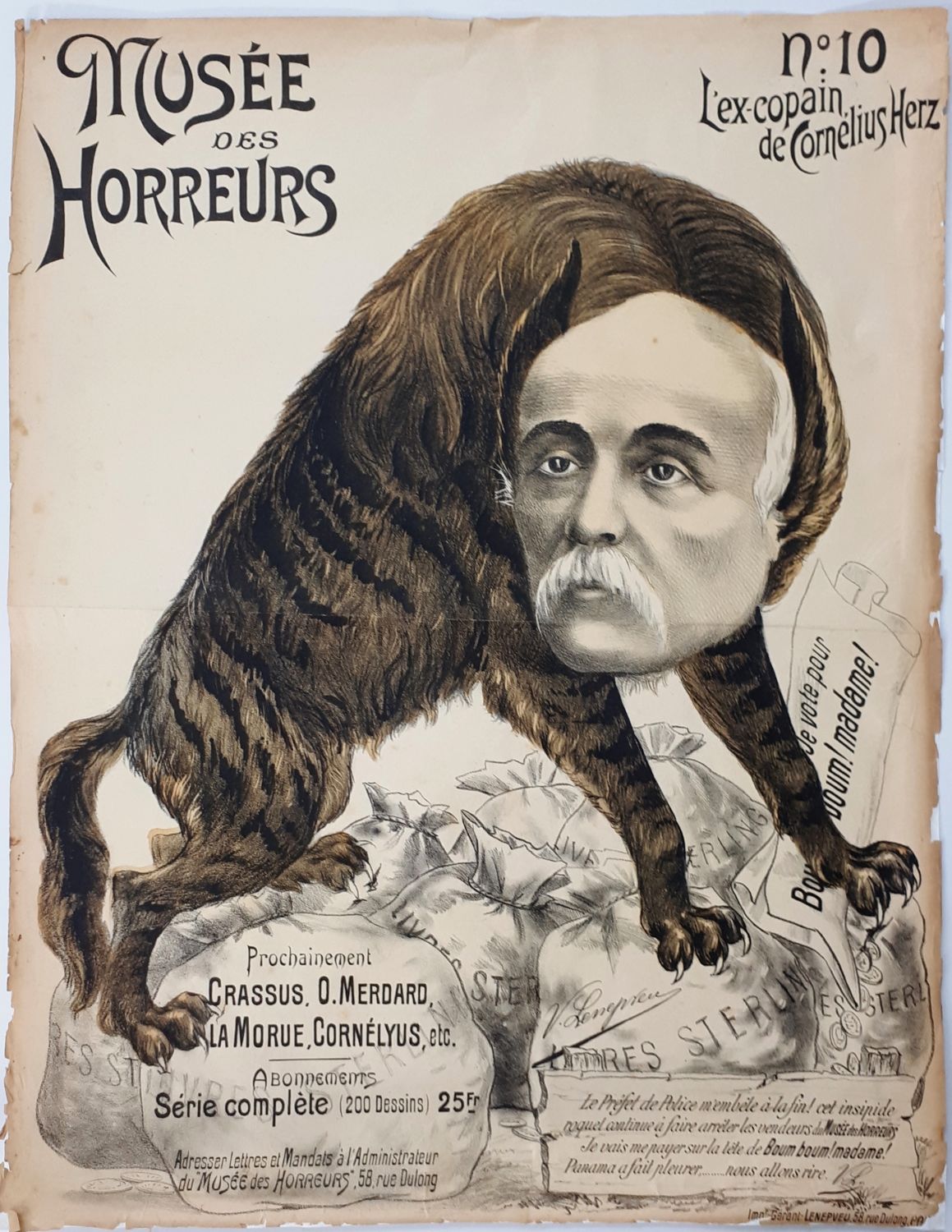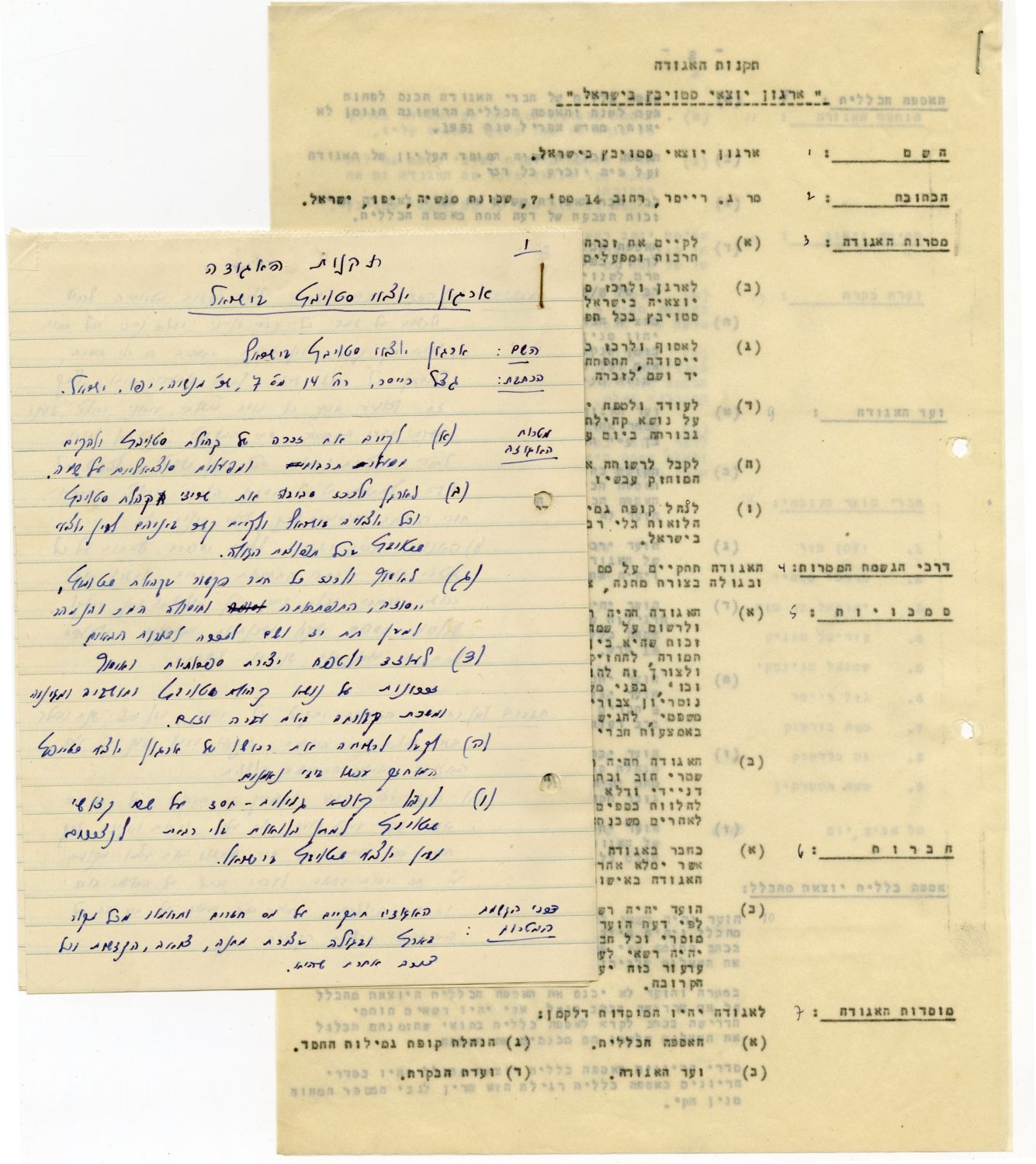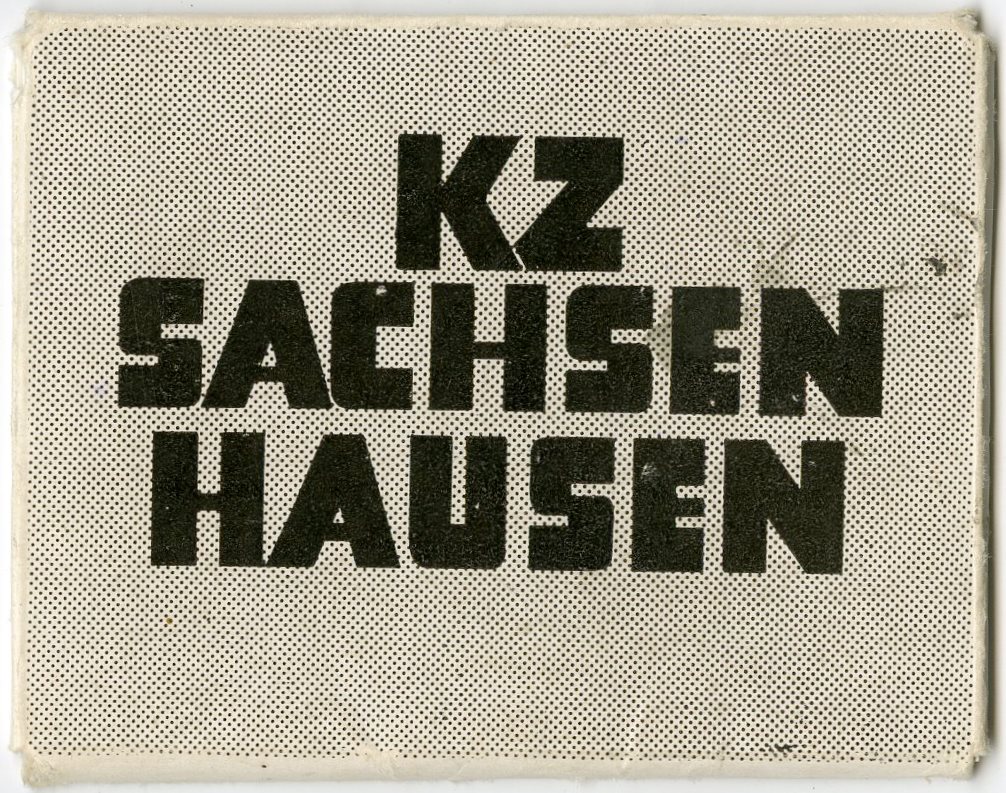1000 Sonder- und Kriegsrichter im Dienste der deutschen Militaristen : Bonner Regierung deckt Hitlers Massenmörder - List of 1000 special and military judges in the service of German militarists: Bonn government covers Hitler's mass murderers. A rare booklet publishing the names of senior Nazis convicted of committing serious crimes during the war and who continued to serve as judges and legal advisers in West Germany under the first chancellor of West Germany Konrad Adenauer after the war. Published by the Ausschuss für Deutsche Einheit - "Committee for German Unity". Berlin, 1959 - Only edition. The copy of the Jewish-Dutch Holocaust survivor, the historian and Nazi hunter Jules Schelvis - the sole survivor out of 3005 people led in Transport 14 from Westerbork to Sobibor extermination camp! With his handwritten signature on a page next to the title page.
"Bonn government covers Nazi bloodshed" - The booklet published by the "Committee for German Unity" begins with the shocking report - former Nazi officials convicted of serious war crimes still occupy public positions in the federal public prosecutor's offices of the Federal Republic - despite the fact that their crimes are well known to the Adenauer government which did nothing to punish the murderers who killed thousands of people. The committee provides a list of 200 names of judges and prosecutors of Hitler's military and special courts, adding to the 800 it previously published, totaling about 1000 Nazi judges occupying senior positions in the highest federal courts of Germany.
The introduction states: "More than 1000 judges and prosecutors assisted in the most horrific crimes... They were the cruel executors of Hitler's policy of extermination against the peoples of Europe. They were willing servants of a terror legal system that executed at least 40,000 people. The military data alone show 20,000 death sentences between September 1, 1939 and November 30, 1944... They were selected by Hitler and were particularly close to Nazi ideology. They were fascists of cold-blooded cruelty. Often people were condemned to death and executed out of sheer bloodthirstiness... and as public prosecutors they consciously demanded the death penalty for minor offenses...". The committee notes that "now the Bonn government is trying to save these 1000 blood judges... ", and demands: "In the name of justice and humanity and in memory of the many innocent victims... the German people and the peoples of Europe attacked by Hitler fascism demand from the parliaments and governments of the West German states and the federal government to dismiss all of Hitler's special and military judges from the judiciary of West Germany, do not pay them pension, punish them , enact laws or initiate judicial proceedings that will prevent the imminent statute of limitations for their crimes..." , and also demands the establishment of an international commission of inquiry to prosecute them.
The booklet lists the names of all 200 judges, their role during the war as Hitler's henchmen, and their role in Germany after the war. In the second part of the booklet are listed the names of judges who served in the highest ranks who issued death sentences against the innocent during the war, with details of the cases they judged, the cities where they served as judges in Germany or in the General Government (the areas occupied by Nazi Germany), the names of the people executed on the orders of those judges, and the position they occupied in Germany when the pamphlet was published. "The three worst of Hitler's blood judges against the Czech people were the prosecutors at the Special Court in Prague. Dr. von Seineck - today District Judge in Nuremberg, Dr. Ludwig today Public Prosecutor in Dusseldorf, and Rehder Knospel today Public Prosecutor in Mannheim", and so on about each of them, the booklet details their crimes:
For example, it is reported: "The Polish worker Stefan Adamski from Litzmannstadt (Lodz), born on September 6, 1909 in Korzowy, was sentenced to death for an act of violence against an auxiliary police officer. According to the grounds, the "death-worthy" act of violence included biting the hand of a former Polish detective who had joined the German police after the Fascist attack in Poland and fled ... In the judgment it was written: "The fact that the bite of the witness's hand constitutes an act of violence (!) Does not require further justification ... The Polish criminal order stipulates the death penalty...", in another case the judges ordered the execution of a Jew for dropping a piece of butter into one of the ditches when he saw the Gestapo... So the cases are described in a shocking manner case after case the lightness with which the judges ordered the execution of the defendant for the lightest reasons.
Jules Schelvis [1921-2016] Jewish-Dutch Holocaust survivor, historian, writer, printer and historian. After the Germans occupied the Netherlands, Schelvis was fired from his job because he was Jewish. He then worked for various newspapers and participated in organizing a local youth movement. He and his family were arrested in Amsterdam on May 26, 1943. They were deported to the Westerbork transit camp, where they stayed for six days before being sent to the Sobibor extermination camp. They were among the 3,005 Dutch Jews in transport 14 to Sobibor. The journey took 4 days. Upon arrival at the camp, Schelvis was selected to join a work unit sent to the Dorohucza labor camp. The rest of his family and the Bożykowscy couple were sent to be killed in the gas chambers. Schelvis was the only survivor of the 3,005 people transported in transport 14 from Westerbork to the Sobibor extermination camp (and one of only two Dutch Holocaust survivors from Sobibor alongside Selma Engel-Wijnberg). In Dorohucza, Jews from Poland and the Netherlands were forced to work under terrible conditions and hard labor. Schelvis managed to survive after meeting the camp commander, who happened to be aware that a nearby labor camp needed a printer. However, for unclear reasons, Schelvis was instead sent to a camp near Lublin, where he was forced to build barracks. From there he was transferred to the Radom ghetto, where he was tasked with reassembling a printing press that had been dismantled and brought from Warsaw. Conditions in Radom were significantly better than what Schelvis had experienced in Lublin and Dorohucza. As the Red Army approached, Schelvis was sent to Tomaszow Mazowiecki. From there he eventually arrived in the Stuttgart area, where he was liberated by the French army on April 8, 1945. Schelvis was a key prosecution witness during the trials of Karl Frenzel, John Demjanjuk and other war criminals who served at Sobibor. He founded the Sobibor Museum and is also the author of several books and historical studies on the camp. Schelvis holds an honored place thanks to his memoirs and historical research on Sobibor, for which he received an honorary doctorate from the University of Amsterdam, an officer of the Order of Orange-Nassau and the Order of Merit of the Republic of Poland. After the war Schelvis remained living in the Netherlands and died there on April 3, 2016 at the age of 95.
31 [1] p. 28 cm. Filing holes. Very good condition.















